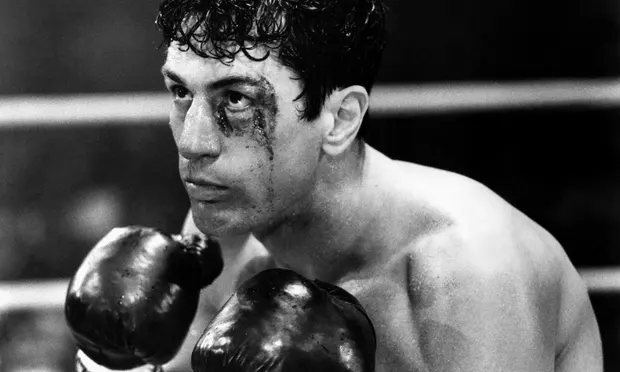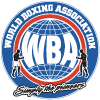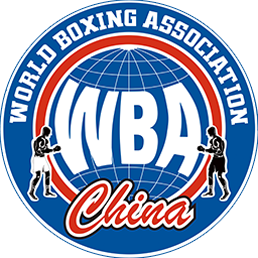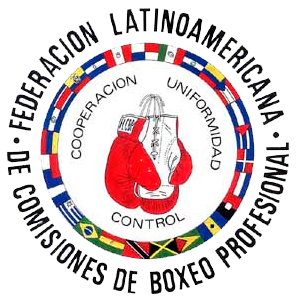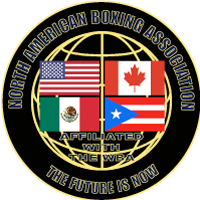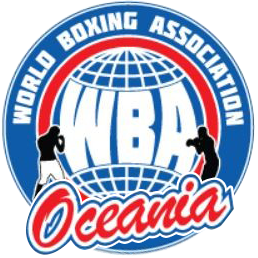With this note, the third on the presence of boxing in the glamorous and fascinating Seventh Art, born in the late nineteenth century, in 1894, thanks to the genius of the French brothers Auguste and Louis Lumiere. With this note, we hope to close the subject with a reference to Raging Bull, a film starring the multifaceted and award-winning American actor Robert De Niro with the equally award-winning Martin Scorsese in the direction of a production considered by a majority of connoisseurs as the best for the big screen in sports over time, perhaps only with Rocky, by the actor Sylvester Stallone, as the only other film that could dispute the place of privilege.
A few days ago, we presented an extensive article on Rocky, however, in it we omitted a more detailed mention in relation to the plot.
In the following 12 or 13 lines we will try to make up for this omission, although there are thousands who know the plot much better than we do. For Stallone, Rocky Balboa was Chuck Wepner, a boxer ignored in real life who, in a heavyweight world title fight against The Greatest, Muhammad Ali, stoically resisted for 44’41” against a superior opponent to end up losing just before the end of the 15-round bout, staged in Richfield, Ohio. The fight was witnessed on TV almost 3 thousand kilometers from his apartment in West Hollywood, Los Angeles, by the still unknown Stallone on the night of 3/24/1975.
In the fiction Rocky Balboa, as insignificant a ring pawn as Wepner, emerges from the shadows when he is randomly chosen as a title challenger by heavyweight champion Apollo Creed. Rocky is a fighter of a certain quality, although not very enthusiastic about the gym, enthusiasm that is stoked when he is chosen as an opponent with no chance of victory, he trains with tenacity and at the last bell he ends up in the role of hero despite losing on points to a Creed who, with agonizing difficulty, retains his crown. Seven sequels were made to the film, which was finished and exhibited in 1976.
THE BULL IS BORN…
Raging Bull, a classic film, is a mini biography of the turbulent and tormented life of the man from New York as Giacobbe La Motta on (10-7-1922 /10-9-2017), and known as Jake La Motta, The Bull of the Bronx, the New York neighborhood that idolized him. The film about his life, based on his book Raging Bull, My Story, was released in 1980 and was made on a script written by Scorsese with Paul Schrader, on a random island in the Caribbean, over a period of about 15 days. (*)
The story goes that the spark for the subsequent film was De Niro, who was impressed and enthusiastic after reading La Motta’s book. He came up with the idea and suggested it to Scorsese, who was not very fond of boxing and therefore did not show much interest. However, he commissioned his friend Mardik Martin to prepare a first script, later improved by him and Schrader, and it was with this script that the project for the film came to life, with De Niro in the lead role.
The actor immersed himself in the character. He gained about 12 kilos to give the middle weight (160 pounds or 72 kilos and a fraction) of La Motta and then he stuffed himself with pasta in Italy until he reached 27 more kilos to show on the screen a La Motta already retired and in physical decline. DN even talked several times with the ex-fighter himself until he acquired the Bronx accent and learned with him and supporting actor Joe Pesci the rudiments of the profession. He also fought three professional fights under the alias of Young La Motta, with two victories. Something like what he had done years before when, in the role of a cab driver in Taxi Driver, another of his great roles, he got behind the wheel on the streets of New York.
Raging Bull shows on screen a La Motta involved in the turmoil of his personal life, marital conflicts and infidelities, and money problems. As far as boxing is concerned, Raging Bull features De Niro in some ” fake” fights, a couple of them were from the Bull’s real encounters with his arch enemy in the ring Sugar Ray Robinson, with whom he fought 6 times between 1942-51 with one victory and 5 defeats, the toughest being on February 14, 1951, known as The St. Valentine’s Day Massacre at the Chicago Stadium, won by Robinson in the 13th round for the opponent’s NBA, now WBA, middleweight crown. The scene at the end of this bout, with La Motta’s lacerated and tumefied face, is one of the most shocking in Scorsese’s film. (La Motta fought 106 fights in the ring, winning 83, 30 by KO, losing 19, 4 by KO and 4 draws, between 1941-54. Robinson, born Walker Smith Jr. (3-5-1921/12-4-89) fought in the ring 201 times with 174 wins, 109 by KO, 18 setbacks, 8 draws and only one knockout against middleweight king Joey Maxim on 6-25-51 when dehydrated by the heat on a New York night he didn´t get up from the stool in the 14th round. He fought from 4-10-40 to 10-11-65. He won all his 85 fights in amateur, 69 before the limit and 40 in the first and then remained unbeaten in pro at 40-0 until his points loss to La Motta on February 5, 1943.
These two immortals of the boxing world fought 63 rounds. Robinson, considered the best boxer of all time, was knocked down 3 times by La Motta, who never went to the floor in their long fight. It comes to mind a funny comment of the Bronx Bull in an interview held years later, before his retirement, about the historical rivalry; “I have fought so many times with “Sugar” that I don’t know how I don’t have diabetes”).
6 NOMINATIONS AND 2 OSCARS
Although it was not a great box-office success (its income was rather modest), Raging Bull is registered in the history of cinema, as we said at the beginning, as one of the greatest film productions of any era and on any subject.
To that effect, it is worth mentioning that it received 6 Oscar nominations and won Best Actor (Robert De Niro, his second Academy Award), Best Editing (Thelma Schoomaker) and mentions for Best Picture, Director (Scorsese), Supporting Actor (Joe Pesci, “Joey”, La Motta’s brother in the film), Supporting Actress (Cathy Moriarty, “Vicky La Motta”), Cinematography (Michael Chapman) and Sound.
In addition, De Niro won the Golden Globe for Best Actor of the Year and Premiere magazine ranked it 5th among the 100 greatest performances of all time; American Film Institute placed Raging Bull 24th in 1998 and 4th in 2008 among the 100 greatest films in history while Internet Movie Data base (IMDb) ranked it 123rd of the 250 greatest films in history and American Film ranked it first in sports.
(“) Some data for this work were taken from “El Boxeo en el Cine (1894-1984)”, by the Spanish writer Pablo Mérida de San Román, The Boxing Record Book 1998.Fight Fax Inc. Volume 15 and in various other publications.


